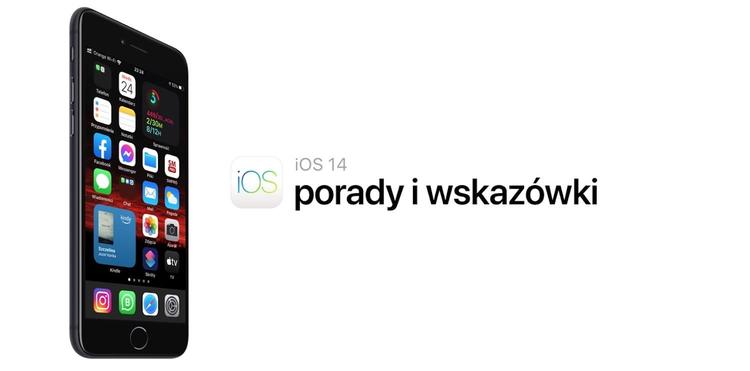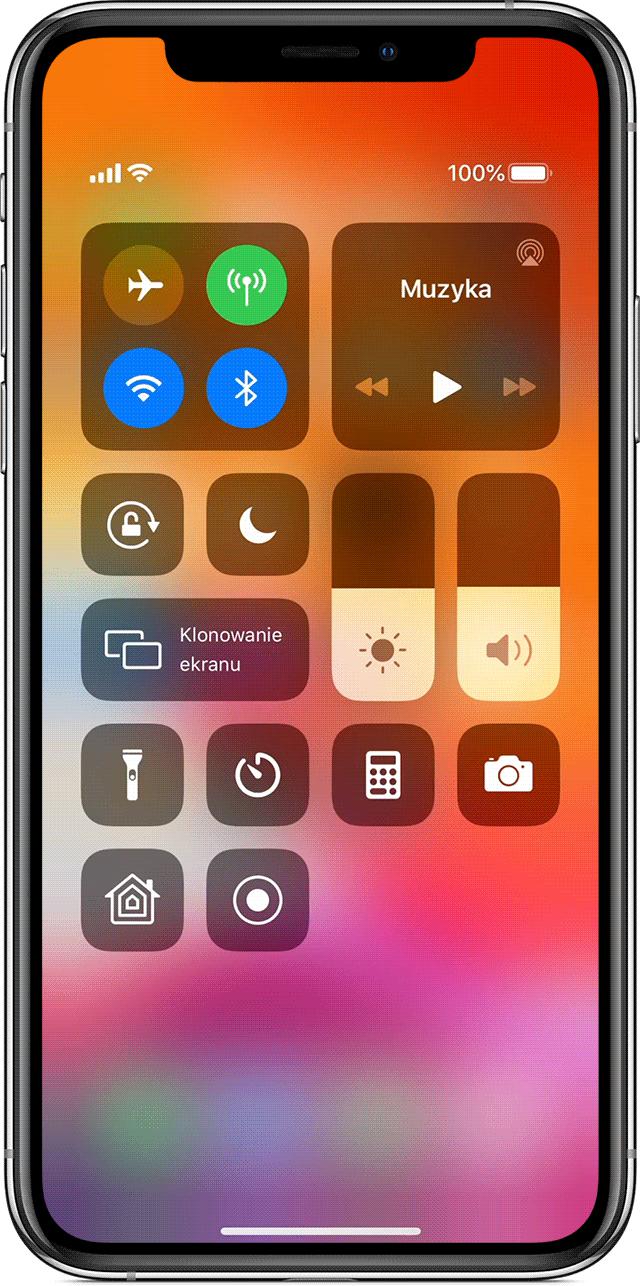Every day your iPhone tracks and saves how many steps you take, how far you walk and how many stairs you climb. All this data is saved in the Health application so that you can keep track of your physical condition. However, the Health app itself is not very user-friendly. Fortunately, you can access all this information in a much easier way.
Every iPhone since the 5S has a motion coprocessor that collects measurements from the accelerometer, gyroscope and compass, and then turns them into data about your physical activity. In the Health app, you can view all the physical activity recorded by your iPhone as well as Apple Watch and other smart watches or sports bands. The data is presented in graphs that are far from the readability offered by third-party applications. So it's much better to use the Settings app. In Settings, you can view all activity, delete recorded data, and manage all activity tracking devices.
How to view your iPhone's steps and distance
Open the Settings app and select Health from the menu. Then go to the Data section and select Data & Device Access. Scroll to the Devices section and select your current iPhone from the list.
Tip: In the device list, you'll find all iDevices that were associated with your Apple ID. Therefore, do not be surprised if you see equipment there that you used even a few years ago.

Once you select a device, you'll see all the health activity it has recorded. The list will include records not only of physical activity. There you will also find sleep data and even the sound level of your headphones. All data is presented chronologically, by date and time. If you touch any of the records, detailed information about that activity will be displayed: start and end date and time, source of data acquisition and the name of the application that accompanied the activity.
How to delete logged data
As you have seen, your iPhone collects a lot of data about your lifestyle. In fact, most of them are largely useless to the typical iPhone user. Few people are interested in information about gait asymmetry or time spent in a standing position. Fortunately, hundreds of megabytes of unnecessary data can be easily deleted, leaving only what is actually useful.
To delete data:
Follow the steps described in the point above. Then select an activity, such as Gait Asymmetry. All entries for this parameter will be displayed in a new window. Now tap on the Edit button seen in the upper right corner of the screen. To delete all gait asymmetry data, tap the Delete All button in the top left corner of the screen and confirm the deletion. To delete specific records, tap the red minus icon next to the record, then tap the Delete button.
How to remove unused devices
The Health app stores all data collected since iOS introduced such functionality. This means that the list of devices includes devices that you have not used for a long time, because you have replaced them with a newer model.
To remove an unused device:
On the Sources page, select the device you want to remove. A message will appear next to the device name that it is no longer linked to your iPhone or Apple ID. Scroll to the bottom of the screen and select Erase all data from [your device name]. In the pop-up window, tap the Delete button to confirm that you want to delete the data.
How to turn off the recording of fitness data
If you don't like that your iPhone saves so much data about your lifestyle and health, you can turn this feature off.
To turn off fitness and fitness tracking:
Launch the Settings app, then select Privacy. Scroll to the bottom of the screen and select Move & Fitness. Then move the slider next to Fitness Tracking to the left. By the way, you can see which apps have requested access to your activity data.
Tip: Keep in mind that Fitness Tracking only applies to iDevices. If you have a third-party fitness tracker or smartwatch, these devices will continue to track your activity and record data in the Health app, if you gave them access to it during initial setup. To see which third-party devices have access to the Health app, launch the Settings app and select Health. Then select Data & Device Access. In the Apps section, you will find all the apps connected to the Health app. After clicking on the selected application, you can check what data it has access to.


![Apps and games on iOS for free.Promotions, discounts, discounts [27.12.2021] Apps and games on iOS for free.Promotions, discounts, discounts [27.12.2021]](https://website-google-hk.oss-cn-hongkong.aliyuncs.com/article-website/google/2021/12/31/661e1a9d1bdfffaecac65b0350aa0db5.webp?x-oss-process=image/auto-orient,1/quality,q_70/format,jpeg)